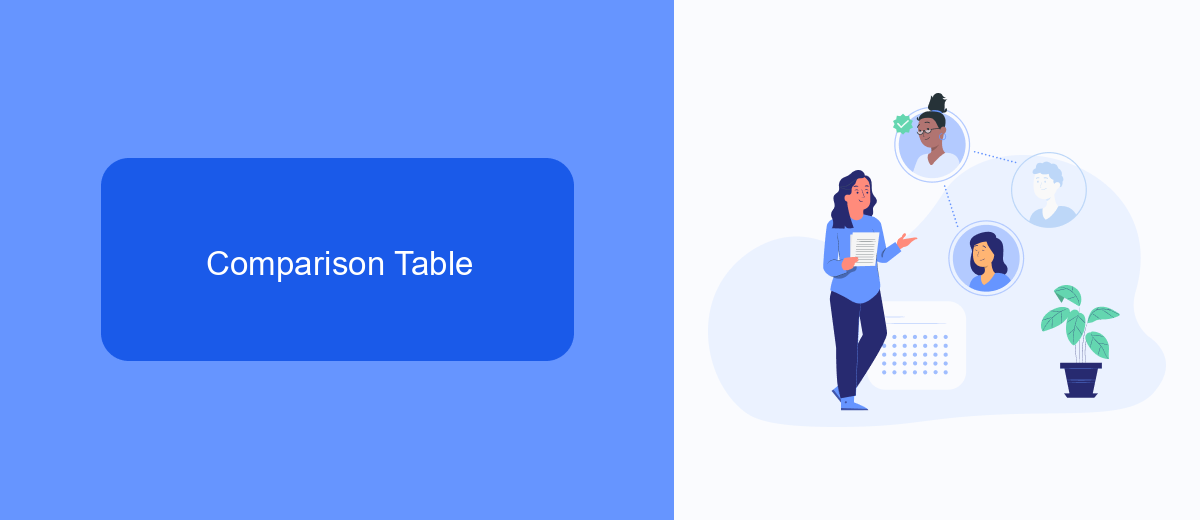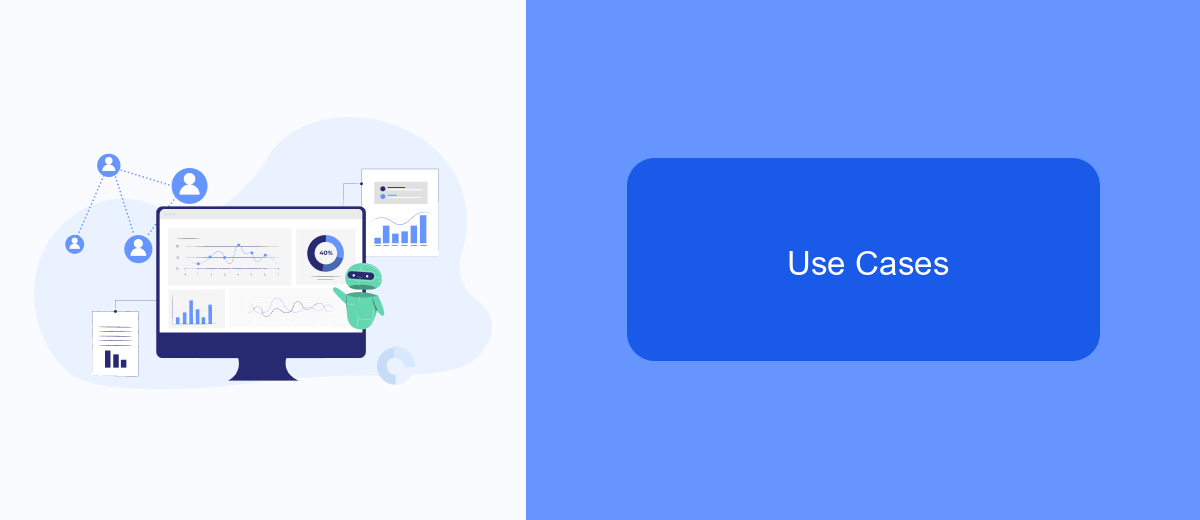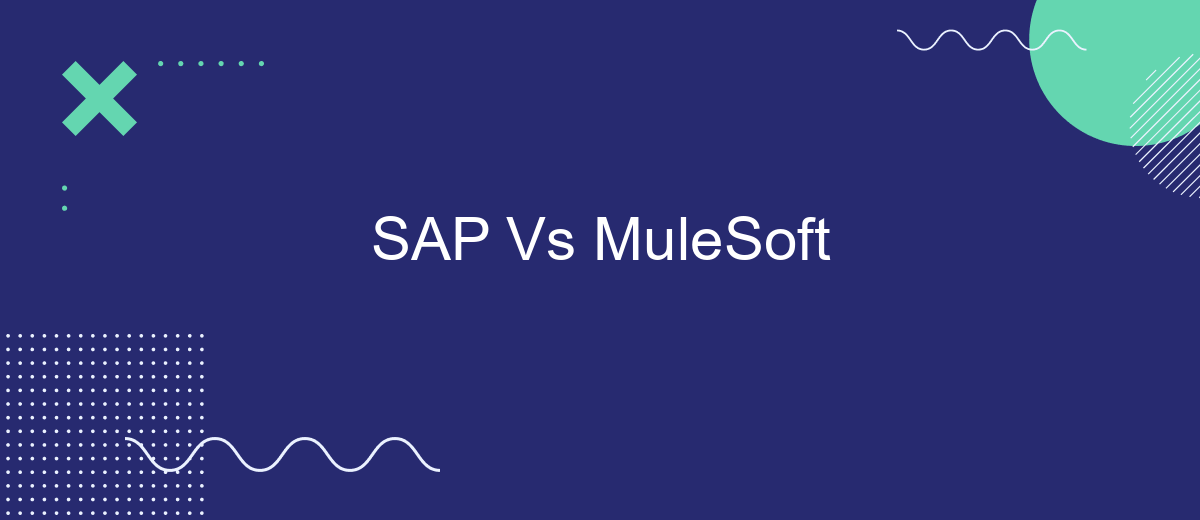In the rapidly evolving landscape of enterprise technology, businesses are constantly seeking efficient ways to integrate and manage their data. SAP and MuleSoft are two prominent players offering robust solutions for these needs. This article delves into a comparative analysis of SAP and MuleSoft, examining their features, strengths, and potential drawbacks to help organizations make informed decisions.
Introduction
In today's digital landscape, businesses increasingly rely on robust integration platforms to streamline their operations and enhance connectivity between diverse systems. Two leading solutions in this domain are SAP and MuleSoft, each offering unique capabilities to address complex integration challenges.
- SAP: Known for its comprehensive enterprise resource planning (ERP) solutions, SAP provides powerful tools for integrating various business processes and applications.
- MuleSoft: Renowned for its flexibility and ease of use, MuleSoft offers an API-led approach to integration, enabling seamless connectivity across a wide range of applications and data sources.
Choosing between SAP and MuleSoft depends on specific business needs and integration requirements. For instance, services like SaveMyLeads can simplify integration processes by automating data transfer between different platforms, thereby enhancing operational efficiency. Understanding the strengths and limitations of each platform is crucial for making an informed decision that aligns with your organization's goals.
Comparison Table

When comparing SAP and MuleSoft, it's essential to consider various factors such as integration capabilities, ease of use, and scalability. SAP offers robust enterprise resource planning (ERP) solutions with deep integration into various business processes. It is ideal for large enterprises looking for comprehensive, end-to-end solutions. On the other hand, MuleSoft is known for its Anypoint Platform, which provides extensive API management and integration capabilities. MuleSoft excels in connecting disparate systems, making it a preferred choice for companies seeking flexible and scalable integration solutions.
In terms of ease of use, MuleSoft stands out with its user-friendly interface and pre-built connectors, which simplify the integration process. SAP, while powerful, often requires specialized knowledge and training to implement effectively. Both platforms offer scalability, but MuleSoft's cloud-native architecture provides an edge for businesses aiming for rapid growth. Additionally, services like SaveMyLeads can further streamline the integration process by automating data workflows between various applications, enhancing the overall efficiency of either platform.
Key Differences

When comparing SAP and MuleSoft, it's important to understand their core functionalities and target use cases. SAP is primarily an enterprise resource planning (ERP) system, while MuleSoft is an integration platform as a service (iPaaS) that focuses on connecting various applications and data sources.
- Core Functionality: SAP offers a comprehensive suite of business applications for managing operations, finance, and human resources. MuleSoft, on the other hand, specializes in API-led connectivity, enabling seamless integration between disparate systems.
- Target Audience: SAP is designed for large enterprises seeking an all-in-one solution for business management. MuleSoft caters to organizations of all sizes that need robust integration capabilities to unify their tech stack.
- Integration Capabilities: While SAP provides some integration tools, MuleSoft excels in this area with its Anypoint Platform. Tools like SaveMyLeads can further enhance integration processes by automating data flow between different systems.
In summary, SAP is ideal for businesses looking for a comprehensive ERP solution, whereas MuleSoft is best suited for those needing advanced integration capabilities. Understanding these key differences can help organizations choose the right tool for their specific needs.
Use Cases

When comparing SAP and MuleSoft, it's essential to understand their use cases. Both platforms offer unique benefits and cater to different business needs. SAP is renowned for its comprehensive ERP solutions, which streamline business processes across various departments. MuleSoft, on the other hand, excels in providing robust integration capabilities, connecting diverse systems and applications seamlessly.
Organizations often choose SAP for its extensive range of modules that support finance, supply chain, human resources, and more. MuleSoft is preferred for its ability to integrate disparate systems, enabling data flow and process automation across the enterprise. Each platform has its strengths, and the choice depends on the specific requirements of the business.
- SAP: Ideal for large enterprises needing integrated ERP solutions.
- MuleSoft: Best for companies focusing on system integration and API management.
- SaveMyLeads: Useful for businesses looking to automate lead data transfers between different platforms.
Ultimately, the decision between SAP and MuleSoft should be based on the organization's goals and IT landscape. Both platforms can significantly enhance operational efficiency and drive business growth when used appropriately.
Conclusion
In conclusion, both SAP and MuleSoft offer robust solutions for enterprise integration, each with its unique strengths and weaknesses. SAP provides a comprehensive suite of tools that are particularly well-suited for organizations already invested in the SAP ecosystem. Its deep integration capabilities and extensive support for various business processes make it a strong contender for companies looking for an all-encompassing solution.
On the other hand, MuleSoft excels in its flexibility and ease of use, making it an excellent choice for organizations that require seamless integration across a diverse range of applications and services. Additionally, services like SaveMyLeads can further simplify the integration process by automating data transfers and workflows between different platforms. Ultimately, the choice between SAP and MuleSoft will depend on your organization's specific needs, existing infrastructure, and long-term strategic goals.
- Automate the work with leads from the Facebook advertising account
- Empower with integrations and instant transfer of leads
- Don't spend money on developers or integrators
- Save time by automating routine tasks
FAQ
What are the main differences between SAP and MuleSoft?
Can SAP and MuleSoft be used together?
Which platform is better for data integration?
How easy is it to set up integrations with these platforms?
What services can assist with automation and integration setups for these platforms?
Personalized responses to new clients from Facebook/Instagram. Receiving data on new orders in real time. Prompt delivery of information to all employees who are involved in lead processing. All this can be done automatically. With the SaveMyLeads service, you will be able to easily create integrations for Facebook Lead Ads and implement automation. Set up the integration once and let it do the chores every day.

